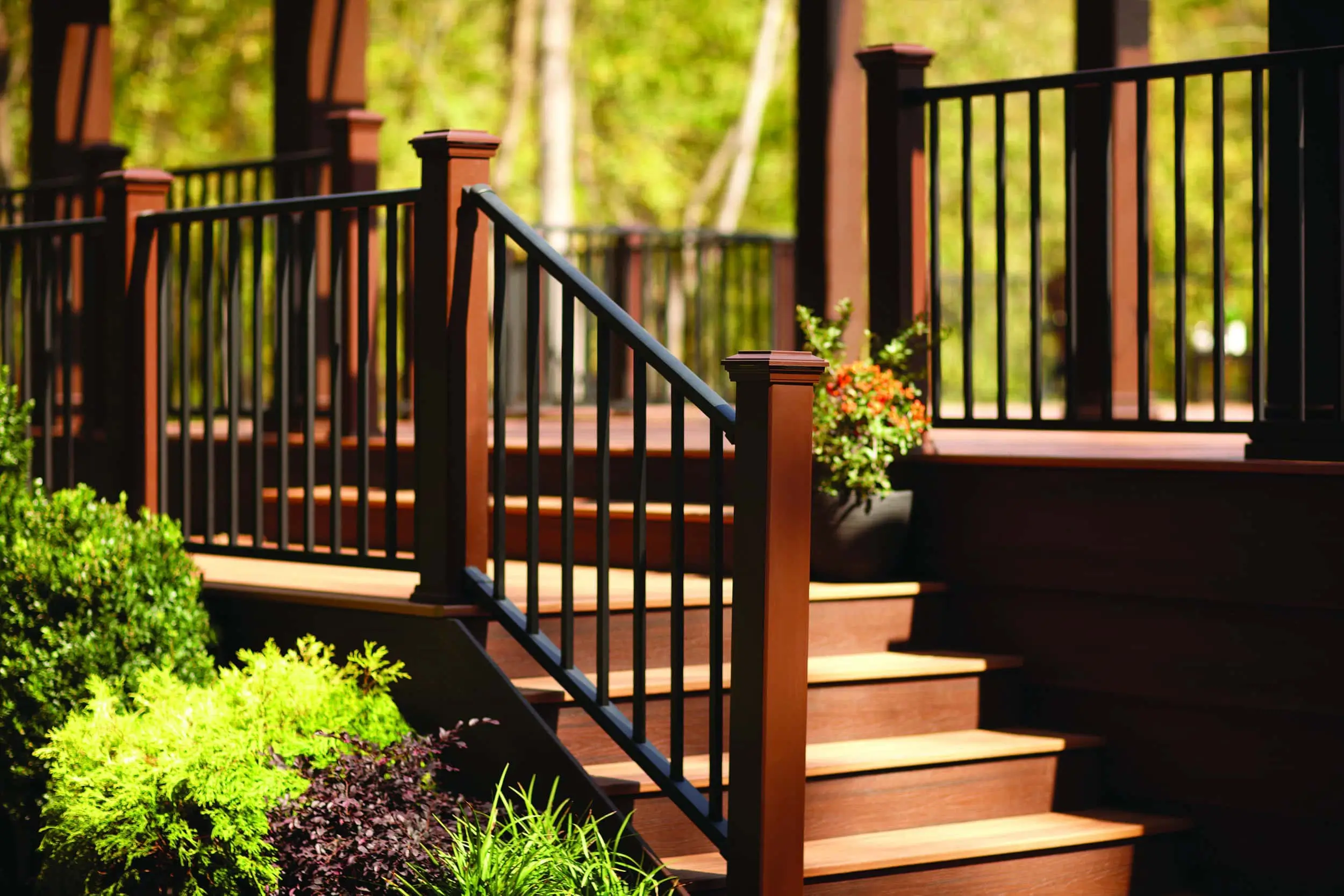
Outdoor Living
We unite suppliers and green industry professionals worldwide
With its striking chartreuse leaves speckled in deeper greens, this tropical climber lives up to its artistic name. Its vibrant foliage only becomes more pronounced as it matures, making it a favorite with plant collectors and casual plant parents.
By Mariam Scott
|Published on June 18, 2025
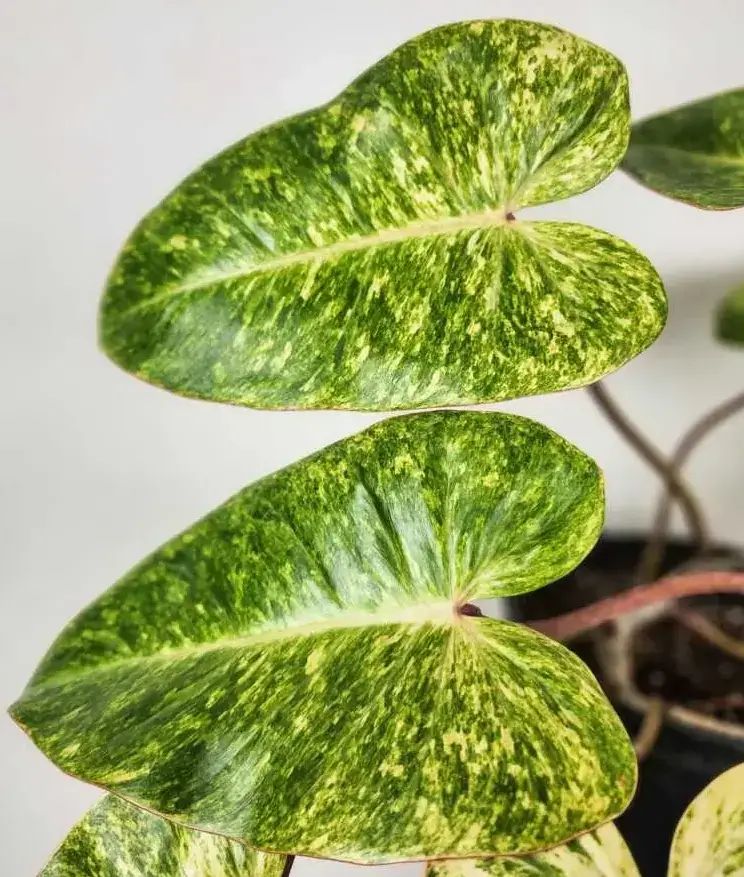

“What if your houseplant looked like a brushstroke of sunshine and lime across every leaf?”
That’s the level of visual drama the Painted Lady Philodendron adds to your indoor space. With its striking chartreuse leaves speckled in deeper greens, this tropical climber lives up to its artistic name. Its vibrant foliage only becomes more pronounced as it matures, making it a favorite with plant collectors and casual plant parents.
Native to South American rainforests, this climbing philodendron is relatively low-maintenance, willing to grow indoors with a little warmth, humidity and a support pole to climb. It’s not just a plant—it’s a living splash of color that energizes any room.
| Common Name | Painted Lady Philodendron |
| Botanical Name | Philodendron ‘Painted Lady’ |
| Type | Evergreen tropical climber |
| Height/Spread | Up to 5 feet tall indoors |
| Sunlight | Bright, indirect light |
| Soil | Loose,well draining potting mix |
| Watering | Moderate; let the top inch of the soil dry |
| Bloom Period | Rarely blooms indoors |
| Hardiness Zones | USDA 10–11 (indoor plant in most climates) |

September 05, 2025
9 minute read
September 05, 2025
19 minute read
September 05, 2025
19 minute read
September 04, 2025
24 minute read


Join as a seller and connect with thousands of B2B buyers nationwide!
Sign Up
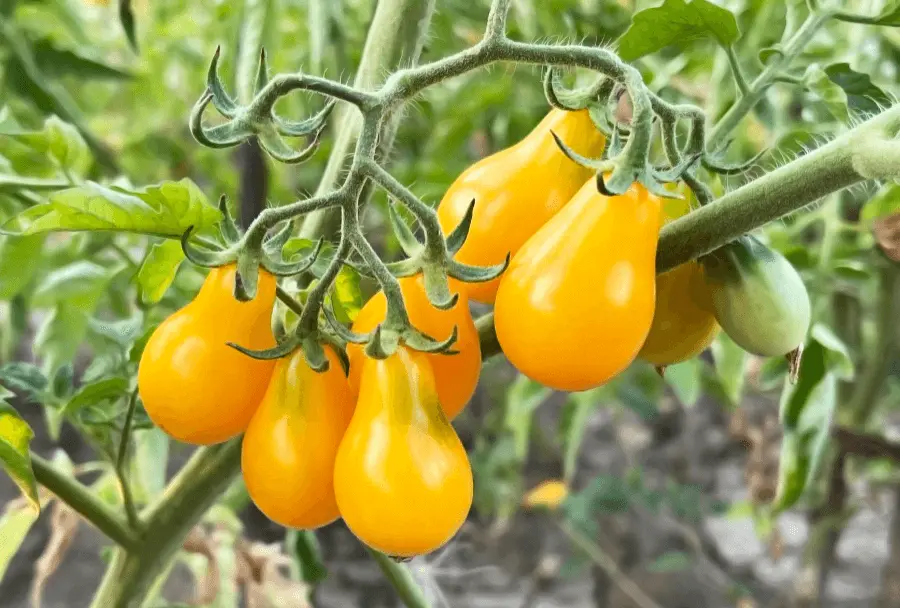
Yellow Pear Tomato
Yellow Pear Tomato – this adorable heirloom variety is mostly grape-sized with fresh yellow fruit in the shape of teardrop or tiny pears. This tomato has been passed down through generations of gardeners for its sweet flavor, prolific yield, and playful
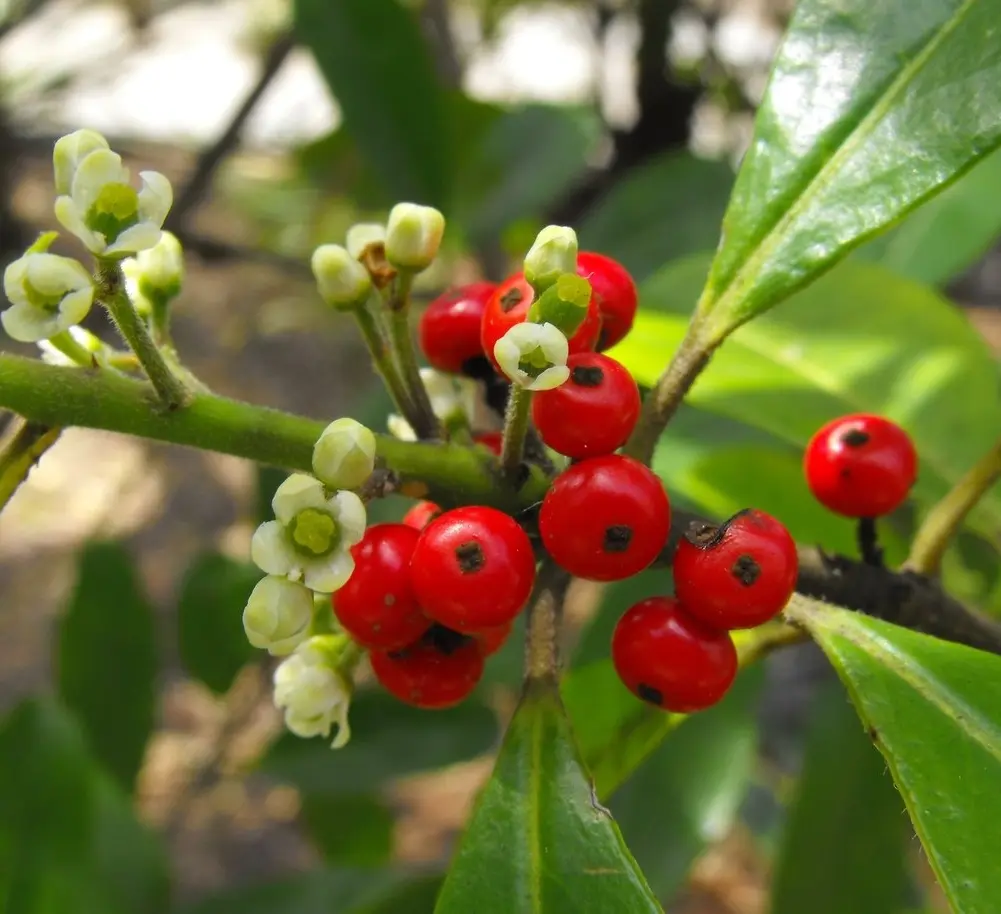
Yerba Mate
Yerba Mate is a small evergreen tree native to subtropical South America that produces leaves known for brewing a naturally caffeinated tea rich in antioxidant properties. It is not just a source of stimulating tea for growers; it also offers shiny green
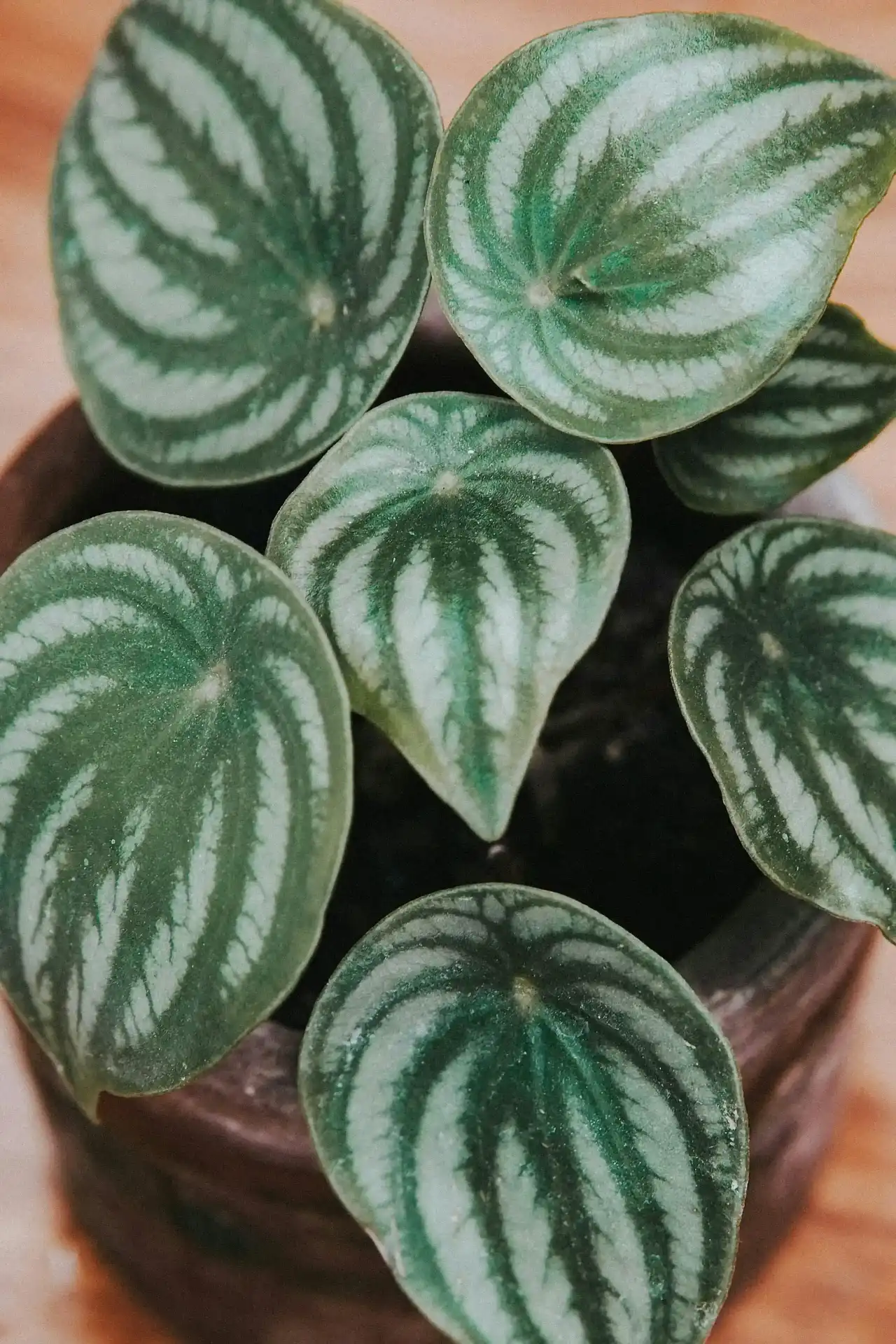
Watermelon Peperomia
Watermelon Peperomia is a tropical evergreen native to South America. It’s popular because of its easy-care nature, compact growth habit and, especially, those eye-catching leaves that look like tiny watermelon skins
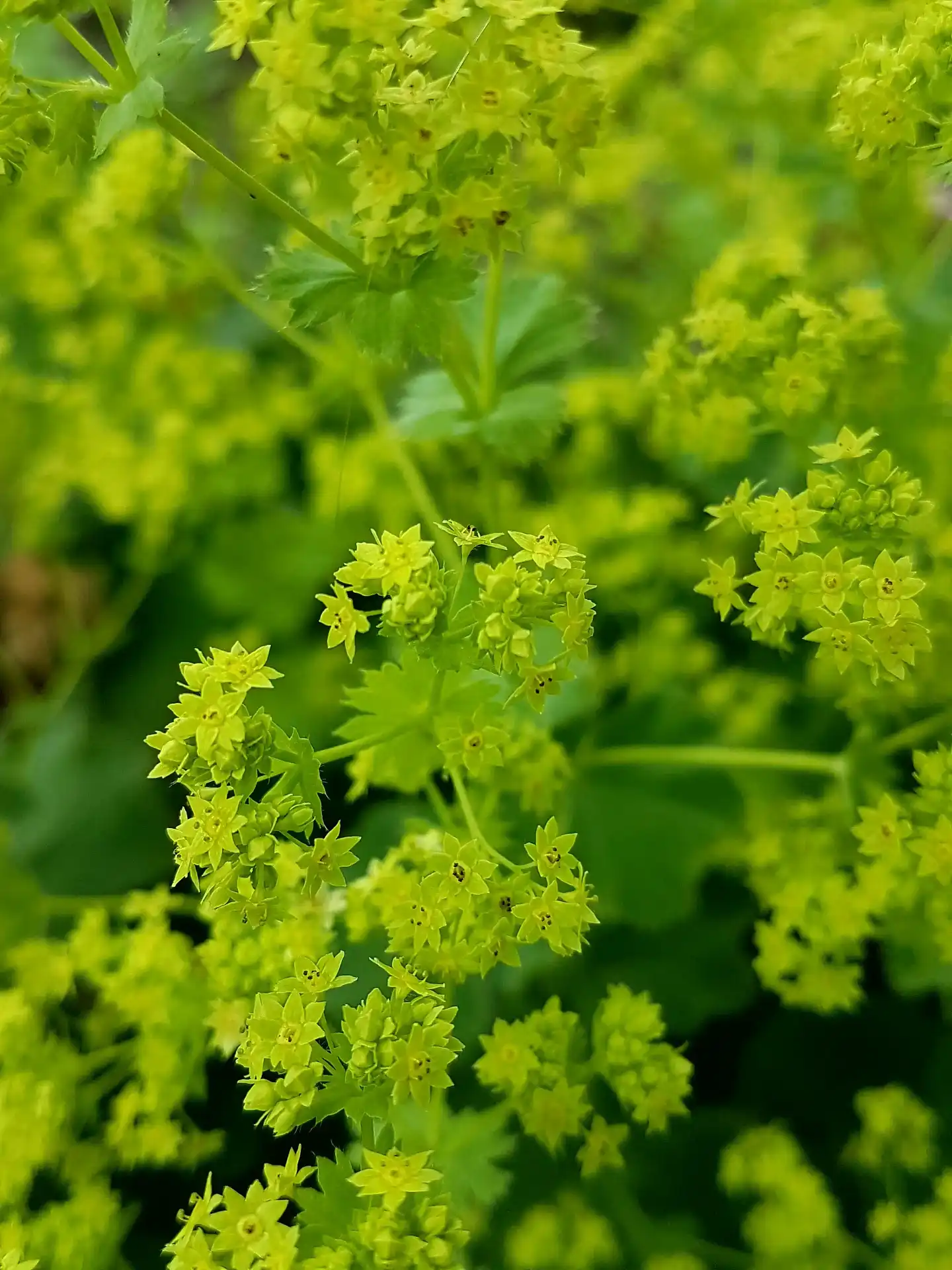
Lady’s Mantle
Lady’s Mantle is known for its velvety, scalloped leaves, which catch and hold raindrops as if they were liquid pearls. This old-fashioned perennial is not only gorgeous, it is extremely resilient, low maintenance and useful. It is a favorite for cottage
The Painted Lady Philodendron is quite easy to care for, preferring bright, indirect light and warm indoor temperatures. Keep its soil lightly moist but never soggy, and let it drain well. Encourage its natural climbing habit with a moss pole or a trellis. With minimal fuss, it rewards you with vivid, ever-evolving foliage that glows with character.
This philodendron prefers bright but indirect sunlight, which will enhance its vibrancy. A window with north or east exposure does well (or filtered light in a sunnier room). Keep it out of direct sun, which can burning its tender leaves, and at the same time, too little light may dull the vivid yellows that make the Painted Lady so unique.
Forthe plant’s soil requirements, you need a well-aerated soil that has excellent drainage and plenty of organic matter. Potting soil, orchid bark, perlite, and a small amount of coco coir or peat moss produces the perfect balance of moisture retention and drainage. This tropical climber doesn’t like to sit in soggy soil, so a breathable mix is essential to prevent root rot.
Water when the top inch of soil feels dry to the touch. Painted Lady likes consistent moisture but does not enjoy being over watered. In hotter months, this could mean watering once a week; in winter, cut back as growth slows. Allow excess water to come out completely, and avoid letting the plant sit in standing water.
Pruning helps manage the shape and encourages fuller growth. Remove any leggy vines or faded leaves with clean, sharp scissors. Regular pruning also encourages the plant to focus its energy on healthy, strong new foliage. You can prune to manage its height, or root the cuttings for additional plants. If pruning is necessary, it is best done during the growing season (spring or summer), when the plant puts out new growth.
It's easy and fun to propagate, especially if your plant is thriving and putting out long vines.
This method allows you to grow new plants or share the Painted Lady’s bright energy with friends and fellow plant lovers.
This plant shines in containers and loves to climb, so choose a setup that supports its growth.
Indoors, it’ll make a colorful statement wherever you put it—shelves, corners, hanging planters.
Painted Lady, as a tropical plant, has no tolerance for cold temperatures. Place it in a warm room with temperatures in the range of 65–80°F, safe from drafts from windows or heating vents. During winter, reduce watering slightly and stop fertilizing until active growth resumes in spring.
Additional humidity — a humidifier or pebble tray — helps prevent browning of the leaves and keeps the foliage lush.
While the plant belongs to the aroid family and can flower in nature, Painted Lady Philodendron blooms in indoor conditions rarely. Its decorative value comes from its bright foliage, not flowers. If it does bloom, expect a typical philodendron spathe and spadix structure, but enjoy the showy leaves as the main attraction.
The Painted Lady is generally quite resilient, but a couple of problems can affect them if conditions are less than favorable:
The Painted Lady Philodendron is more than just a beautiful foliage plant — it’s a vibrant, easy-care houseplant that can add light and texture to any room. With its glimmery foliage, climbing habit and adaptable personality, it’s an ideal pick for both novice and seasoned green thumbs. provide the right conditions, and it will reward you with color and character year-round that never goes out of style.
Yes, like most philodendrons, it has calcium oxalate crystals in its cells and is therefore toxic if ingested by cats, dogs or humans.
It’s a fairly quick grower with the right light and warmth, putting out multiple new leaves a month during active growing seasons.
Only in warm, frost-free climates (USDA 10–11). In most regions, it's best grown as a houseplant.
Yes, Painted Lady is a climbing plant, which will do best when attached to a moss pole or trellis.

Outdoor Living
Victor Miller
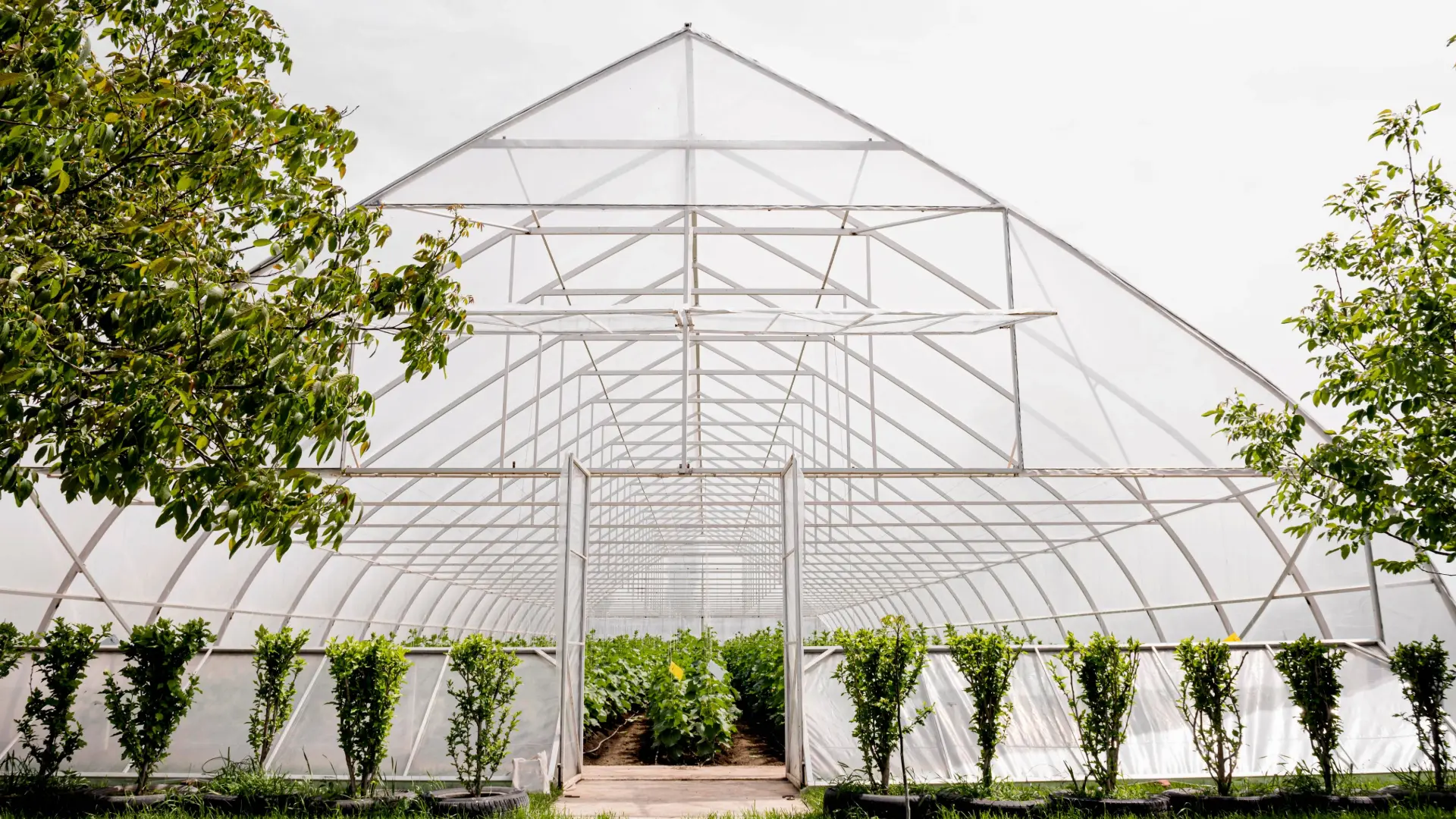
Greenhouse Growing
Gina Lazaarus

Agricultural Policy & Innovation
Gina Lazaarus

Software & Robotics
Gina Lazaarus
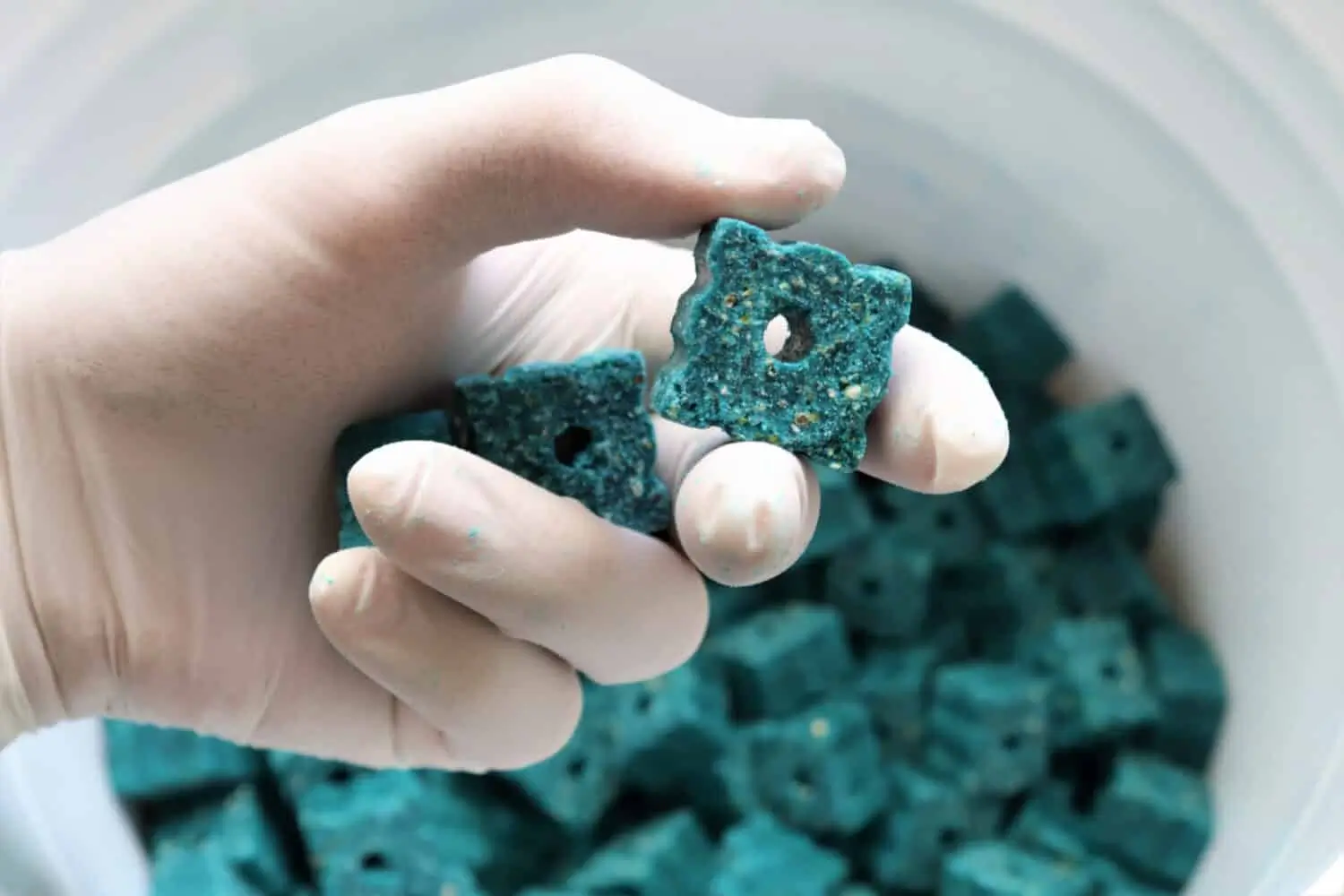
Organic & Natural Pest Solutions
Victor Miller
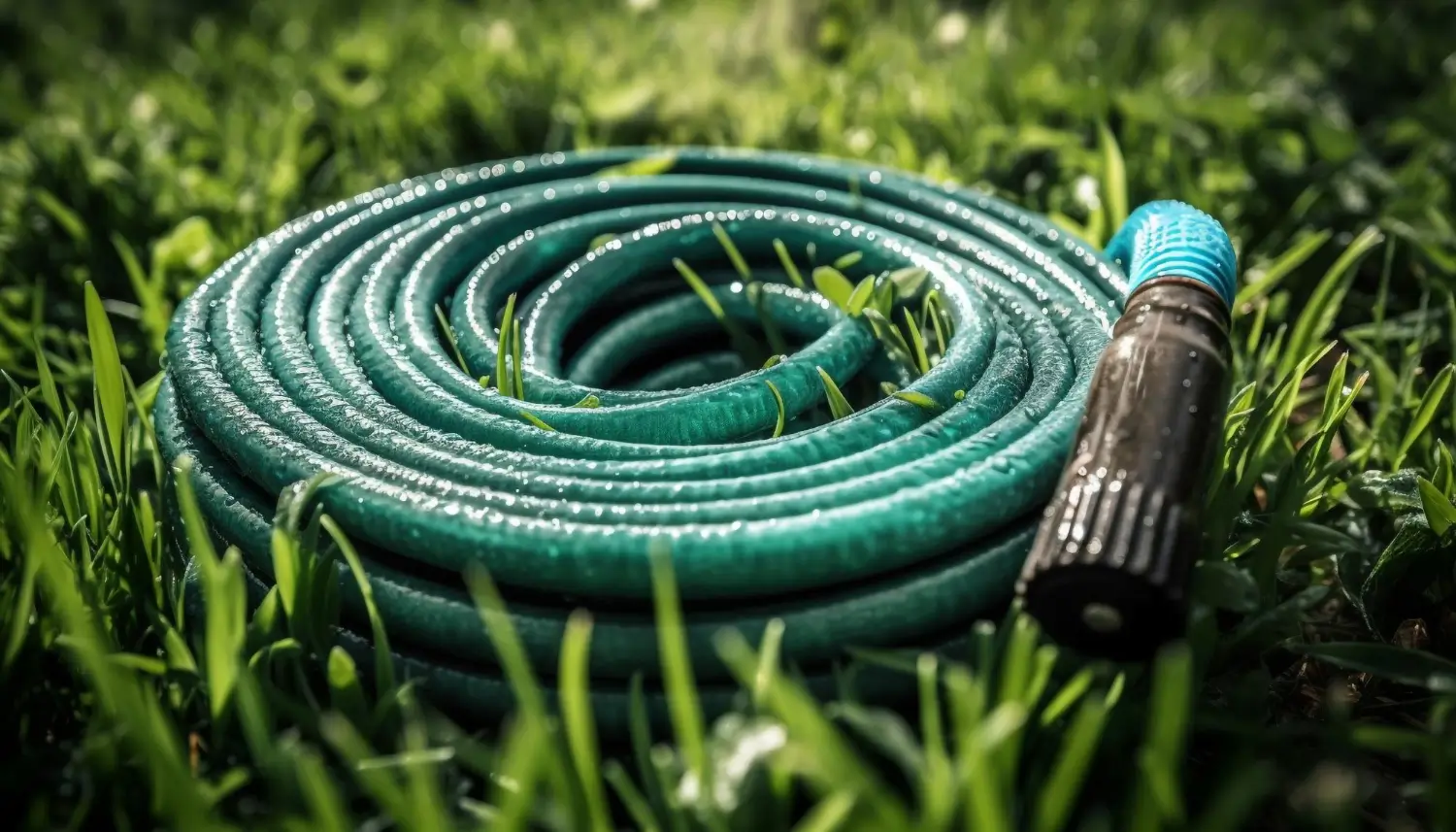
Irrigation System Design & Tips
Victor Miller
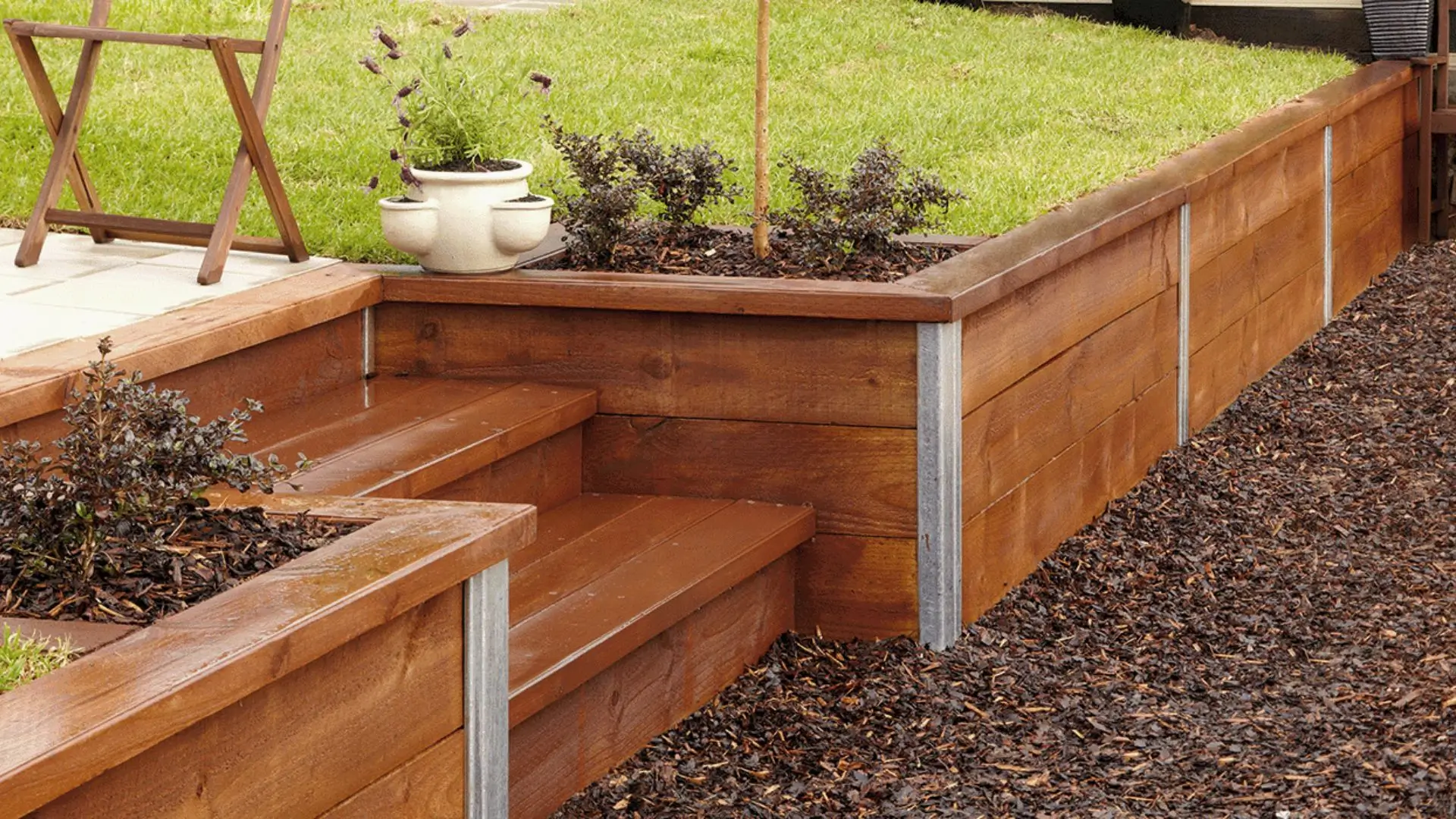
Construction Tips & Techniques
Victor Miller
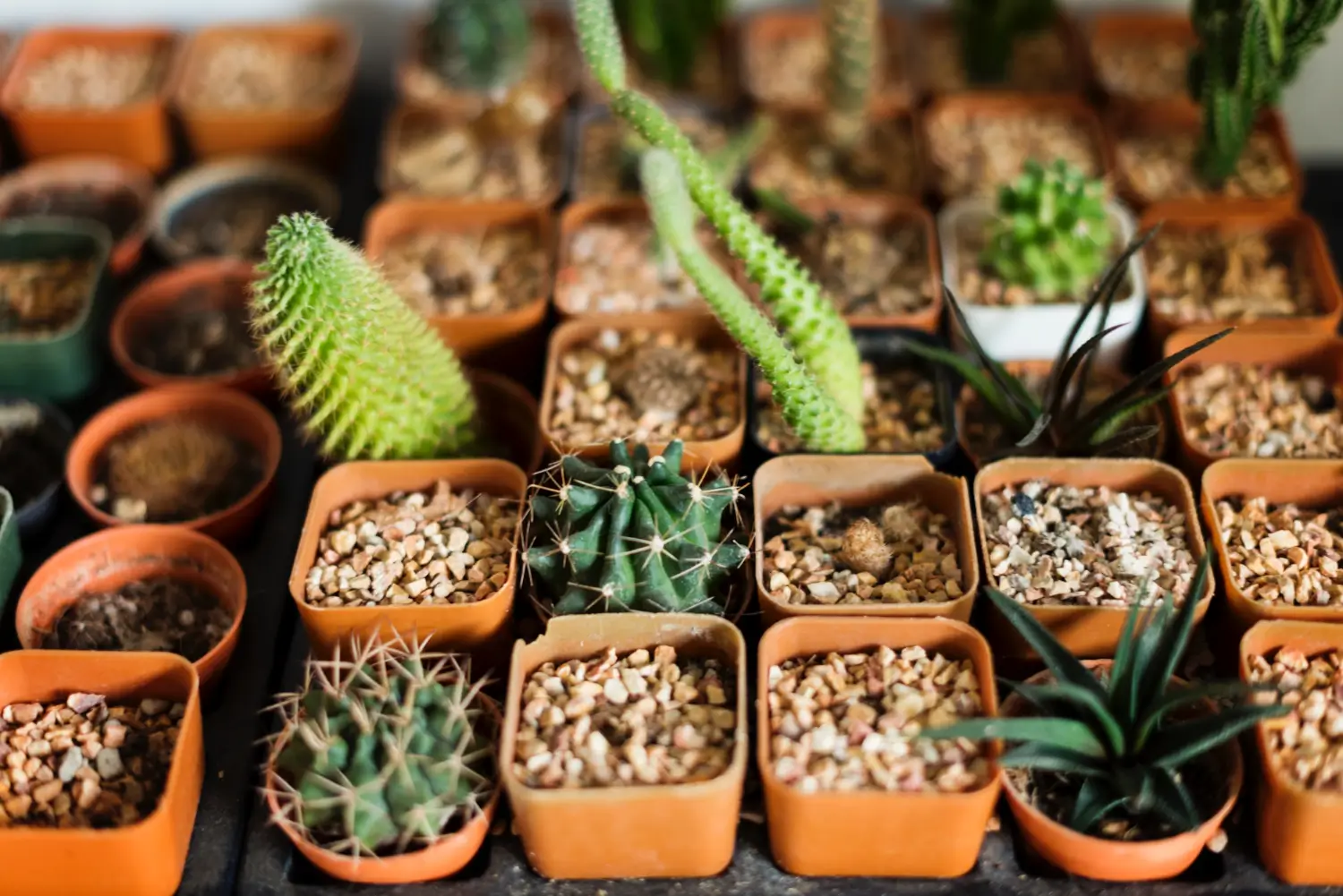
Lawn Care Tips & Maintenance
Victor Miller
My Account
Our team is always here to help.
We are open Monday - Friday, 9:00 AM to 4:30 PM PST.